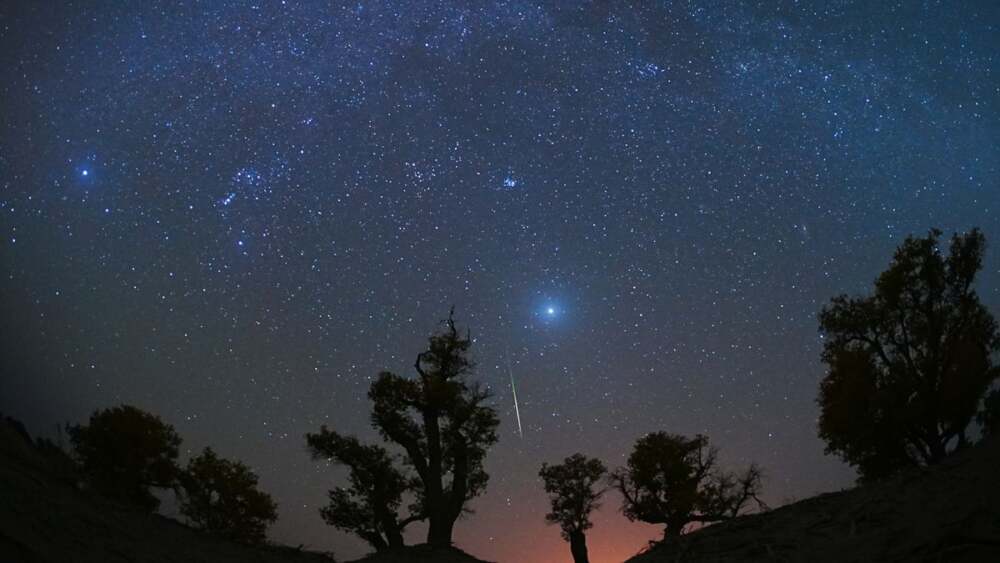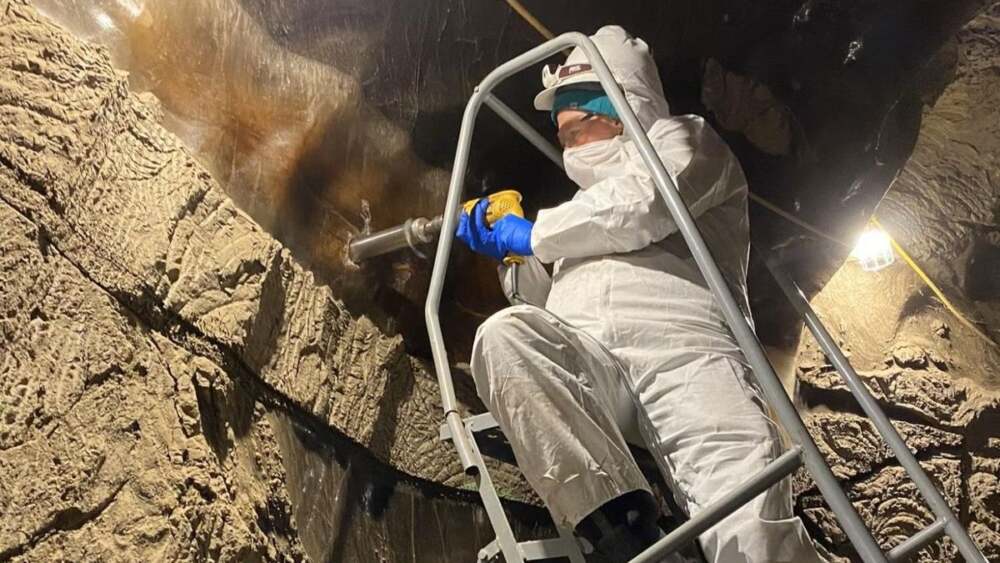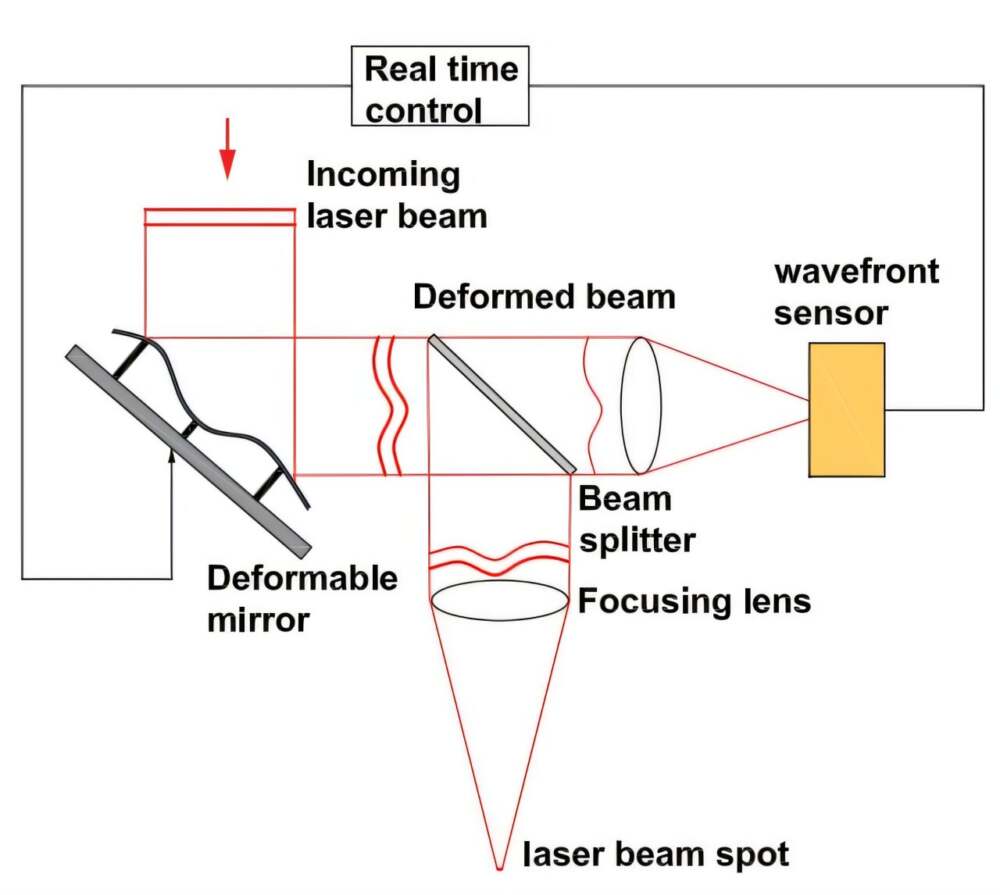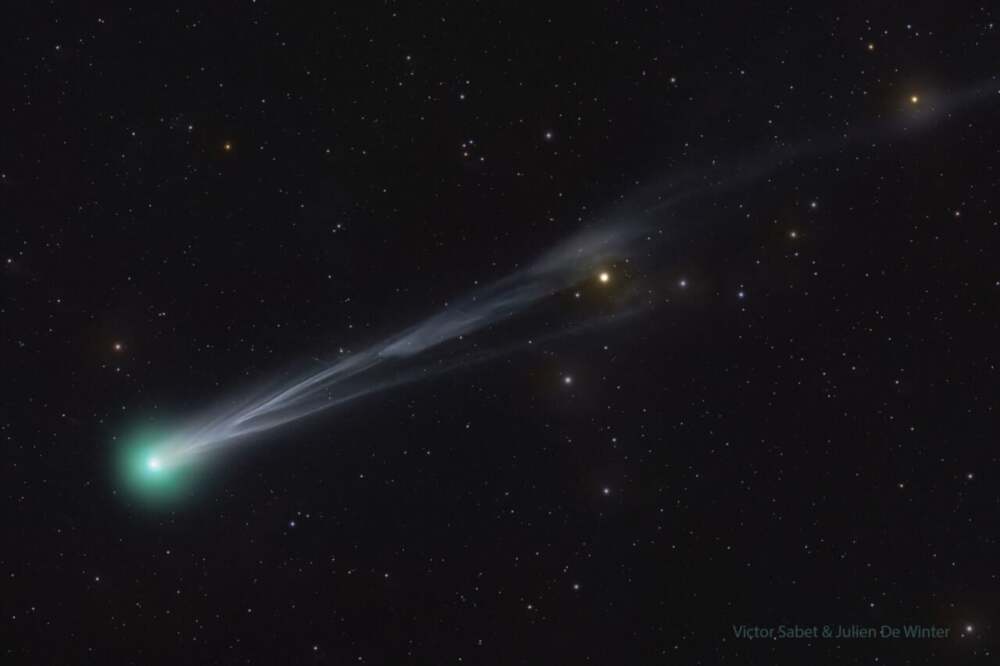August 7, 2025
Astronomers have unveiled the most detailed optical image ever taken of a massive galaxy cluster, revealing a breathtaking view of Abell 3667 — a colossal cosmic structure located roughly 700 million light-years from Earth. This image doesn’t just offer a glimpse of distant galaxies; it opens a window into the turbulent history of the universe, capturing stellar violence on an unimaginable scale.
A Colossal Merger in the Cosmos
The newly released image focuses on Abell 3667, a cluster of galaxies currently undergoing a dramatic merging event. Two of its brightest galaxies are seen in the process of colliding, pulling vast clouds of stars along with them. This phenomenon gives rise to a hauntingly beautiful glow known as intracluster light—a faint, diffuse shine created by stars that have been ripped from their home galaxies and now drift freely through intergalactic space.
This light, invisible in standard telescope views, has now been captured with extraordinary clarity, allowing scientists to study its composition and distribution. What emerges is not just an image of galaxies, but a visual record of cosmic chaos—proof of the titanic forces that shape and reshape the structure of the universe.
A Stellar Graveyard and a Cosmic Map
Each shimmering point in the image is not a star, but an entire galaxy, made up of billions of stars. Some of these galaxies are colliding, others are being pulled apart, and many are simply passing silently through the vast void. The diffuse light in between—made of orphaned stars—acts like a galactic fossil bed, helping astronomers reconstruct the dynamic history of these violent interactions.
By studying the color and brightness of the intracluster light, scientists can determine the age of these free-floating stars and how long ago they were torn from their original homes. This makes the image not just a portrait of the present, but a timeline stretching back hundreds of millions of years.
Why This Discovery Matters
The significance of this discovery lies not only in its scientific implications but in its philosophical ones. This single image provides evidence of phenomena predicted by astrophysical theory but rarely observed in such stark detail. It confirms that galaxies are not static entities but dynamic systems subject to dramatic change over time.
It also challenges us to consider the immensity of the cosmos. Looking at Abell 3667, with its hundreds of galaxies and countless stars, it’s easy to feel a deep sense of humility. Earth—so massive in our daily lives—is revealed to be nothing more than a tiny grain in a boundless ocean of time and space.
A Glimpse Into the Future of Astronomy
This record-breaking image is the result of advances in optical imaging technology and deep-field observational techniques. As instruments continue to evolve and telescopes become more sensitive, astronomers expect to capture even more distant and faint objects, helping to fill in the gaps in our understanding of how galaxies form, collide, and die.
For now, Abell 3667 stands as a vivid reminder of the scale and wonder of the universe—and of how much more there is still to learn.
















Leave a Reply